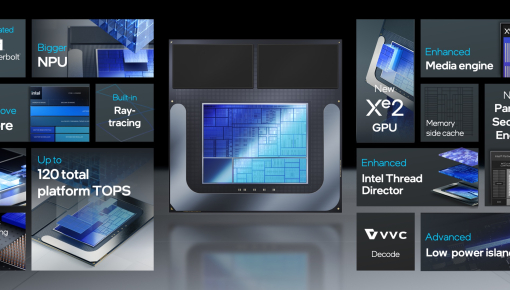Smart packaging; bridge to digital experience
The global smart packaging market was valued at USD 38.16 billion in 2020, and is expected to reach USD 48.72 billion by 2026.
In a changing retail environment, packaging is the one enduring element of the marketing mix that is guaranteed to reach every consumer. Product packs have a constant presence on both online and offline channels, and they are the face of the first customer-brand interactions.
New packaging technologies are offering more ways for consumers to interact with brands. While smart packaging is a hot topic, brands should avoid blindly following the hype. By taking a critical and considered approach, brands can derive maximum value from their packaging projects.
The technical solutions for packaging are there: for example, interactive packaging equipped with NFC, printed electronics, sensors or UL print technology. But what justifies the additional cost of adding these features?
When implemented correctly, the benefits are diverse, ranging from building more relevant digital experiences to more effective brand messaging. Here are 9 ways that smart packaging can boost engagement with your brand.
1 Personalize your offers
Smart packaging will become more and more personalized thanks to integration of data, which leads to enhanced experiences for customers. For example, in the health sector, the Tapp Smart Sticker is used on standard blister packaging to remind patients to take their medicines based on their needs and preferences. Since 66% of customers expect brands to understand their needs and expectations, personalization will be critical to every packaging strategy.
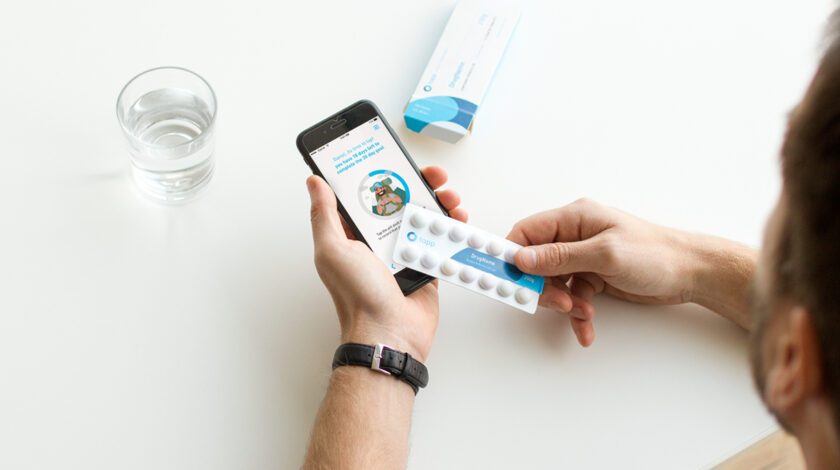
Tapp Smart Sticker
2 Unleash exclusive content
People like to be in on the secret. Exclusivity makes your customer feel special and important. In late 2020, the popular Spanish DJ and producer Jordi Ruz launched a campaign entitled Tuned Wines. Ruz attached NFC stickers to his wine bottles. In this way, consumers were able to access an exclusive digital wine experience and listen to special sessions from the DJ to complement each wine. The experience was only available to buyers of the limited-edition wine.
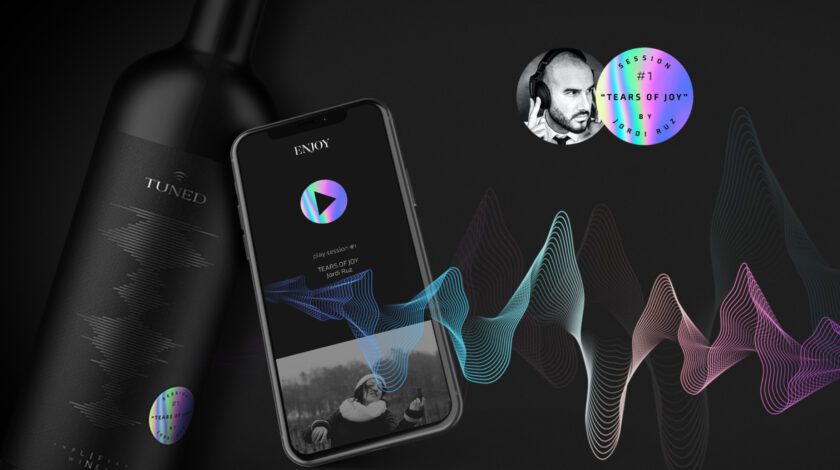
Tuned Wines campaign
3 Incorporate gamification
Gamified packaging is growing in popularity. It makes use of game design elements to prompt consumers to engage with the product and/or packaging. Besides catching the attention of consumers, gamification can be combined with other marketing tactics (points, awards etc.) to boost brand awareness. Dairy company Emmi AG promoted the launch of new products through a gamification experience. Through a QR code, consumers could play a bunch of games while learning about the new ranges, getting discount codes and free samples.
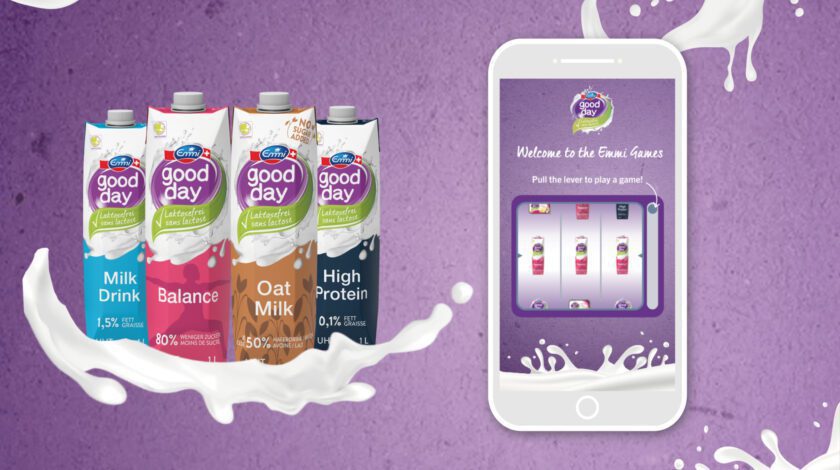
Emmi AG gamification experience
4 Tell richer product stories
Consumers expect more transparency than ever before. Many startups are yet to gain the high level of consumer trust that some big brands have cultivated over years of effort. Smart packaging can help: by collecting real-time data through the product journey, consumers can trace their individual product story. Austral Fisheries commits to responsible fishing by adding QR codes to their packs. Upon scanning, consumers can view the product’s entire journey from ocean to plate with details like date of capture, vessel’s name, and more.
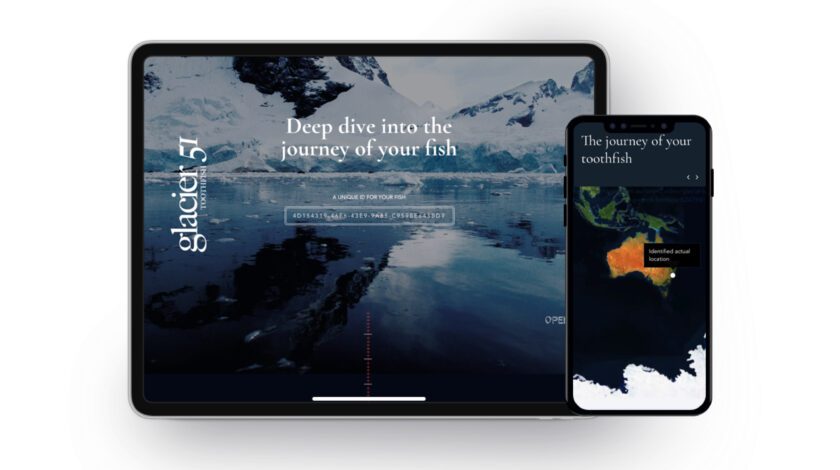
Glacier51 seafood traceability program
5 Provide direct e-commerce sale
In 2020, e-commerce share accounted for 18% of total retail sales and it’s expected to reach 21.8% in 2024. While some brands have been able to take advantage of the shift to online sales, others have struggled to do so. Connected packaging gives brands the opportunity to earn direct ecommerce sales. CPG brand Sparkle added an NFC tag on their detergent pack that allows consumers to easily reorder the product from the convenience of their home.
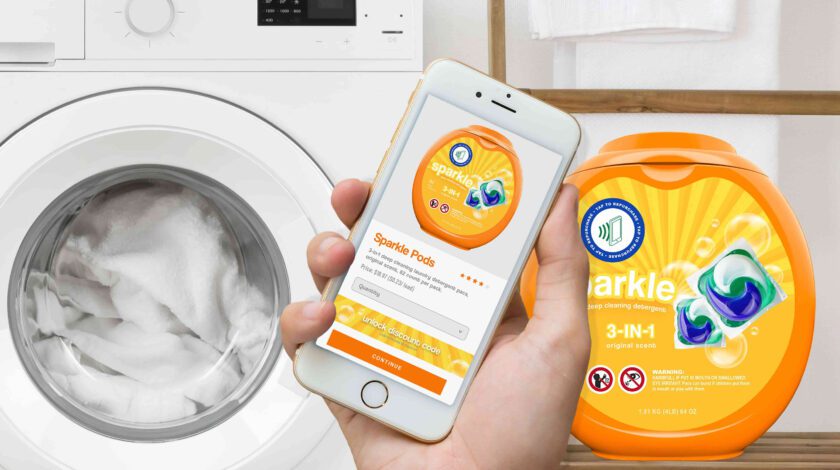
Sparkle e-commerce app
6 Grow a community
Many (if not most) humans experience an intrinsic need for social acceptance; a feeling of belonging. For businesses, this means that creating communities is critical to success. Packaging can harness the power of community to increase brand awareness and build brand loyalty. Stacy’s, a brand from Frito Lay launched a packaging innovation featuring a QR code that, once scanned, directs consumers to nearby female-founded businesses – making it easier to find and support female entrepreneurs.
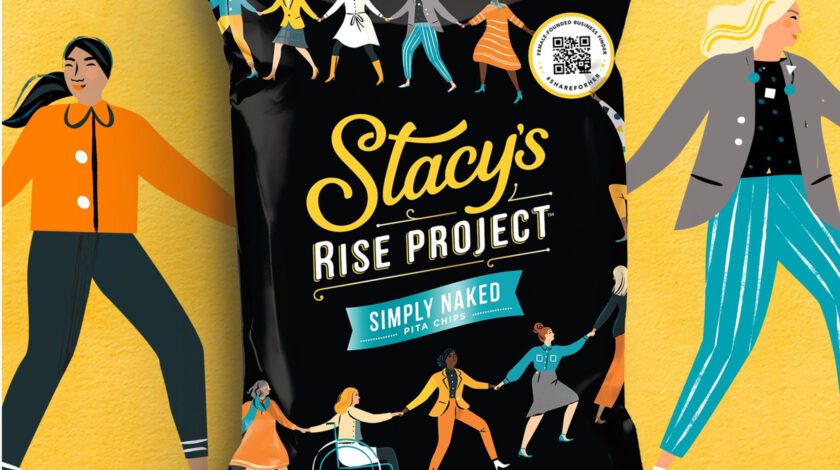
Stacy’s Rise Project campaign
7 Message in real time
Static messaging on product packaging risks becoming outdated by the time the product is in the hands of the consumer. Linking packaging to a digital experience enables dynamic, more relevant messaging. As an added benefit, this allows brands to connect with consumers directly and keep them engaged long after the purchase, increasing lifetime value. When Fanta turned blue, consumers were invited to solve the flavour mystery through a QR code on-pack. This would unlock online clues which would develop each week, to sustain interest.
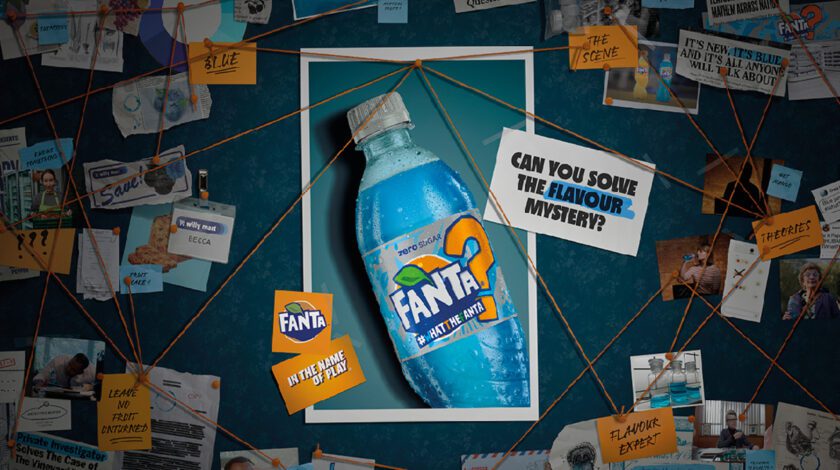
Fanta’s #WhatTheFanta campaign
8 Embed video tutorials
Embedding packaging with QR codes or NFC tags that activate tutorials on users’ phones gives brands the opportunity to add more value to products. Consumers can learn how to best use the product, from the basics right through to advanced use. Henkel equipped their Indola Hair Care brand with NFC tags that let professional stylists find inspiration with styling tutorials, creative look books, and more.
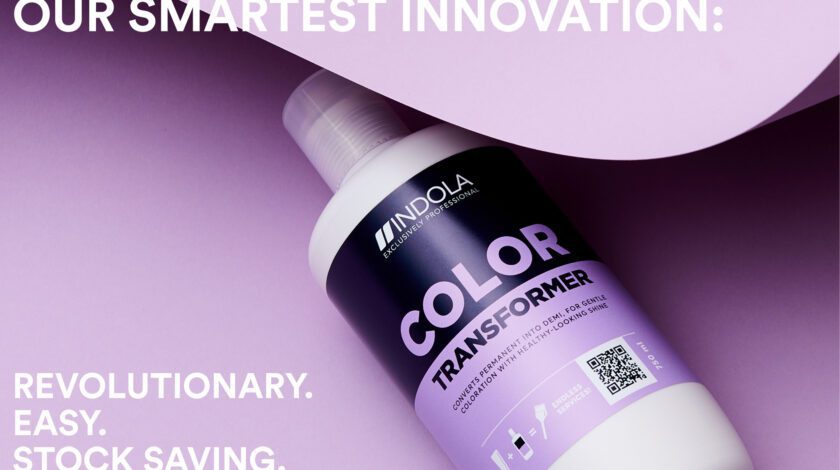
Indola’s #SimplySmarter campaign
9 Offer incentives
Offering incentives such as money back guarantees or discounts is a great way to connect with consumers, even before the sale. This can influence a purchase, and the brand perception overall. An example of this is the ‘We dare you not to love it’ slogan from Vita Coco. The message and QR codes on in-store displays encourage consumers to engage with the brand directly while shopping.
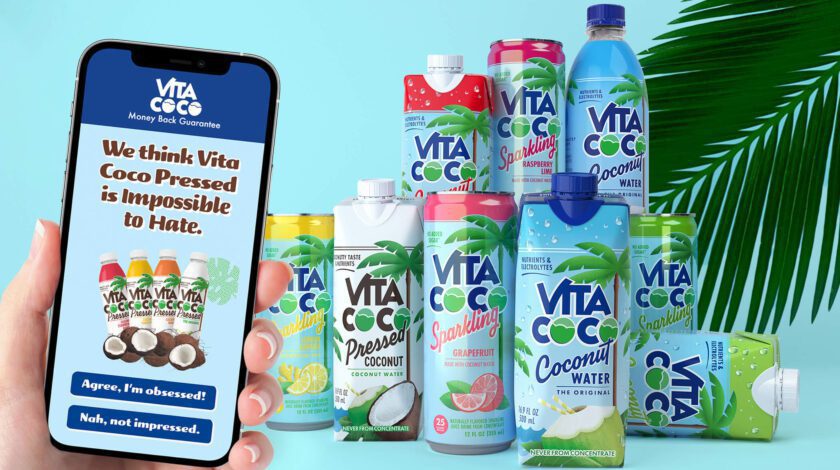
VitaCoco digital campaign
Conclusion
Through smarter packaging experiences, brands can engage, entertain and educate consumers more effectively. Digital links can increase the time consumers spend with the product and brand. In an increasingly contactless world, there are opportunities for packaging to deliver seamless experiences that integrate online and offline dimensions.
What’s next for smart packaging?
At Qindle, we expect more breakthroughs in smart, connected packaging. Together with our clients, we will keep exploring new opportunities and experimenting with new packaging solutions. In the future, we predict packaging will:
- Leverage data to personalize the unpacking experience and information to individual consumers.
- Integrate AI and AR, to transform packaging into an interactive experience based on customer behaviour and needs.
- Become the main channel for information and interaction between consumer brands and their audiences.
- Grow increasingly ‘intelligent’ thanks to the Internet of Things. Packages and devices can ‘talk’ to each other, bringing new levels of service for consumers and better insights for companies.

